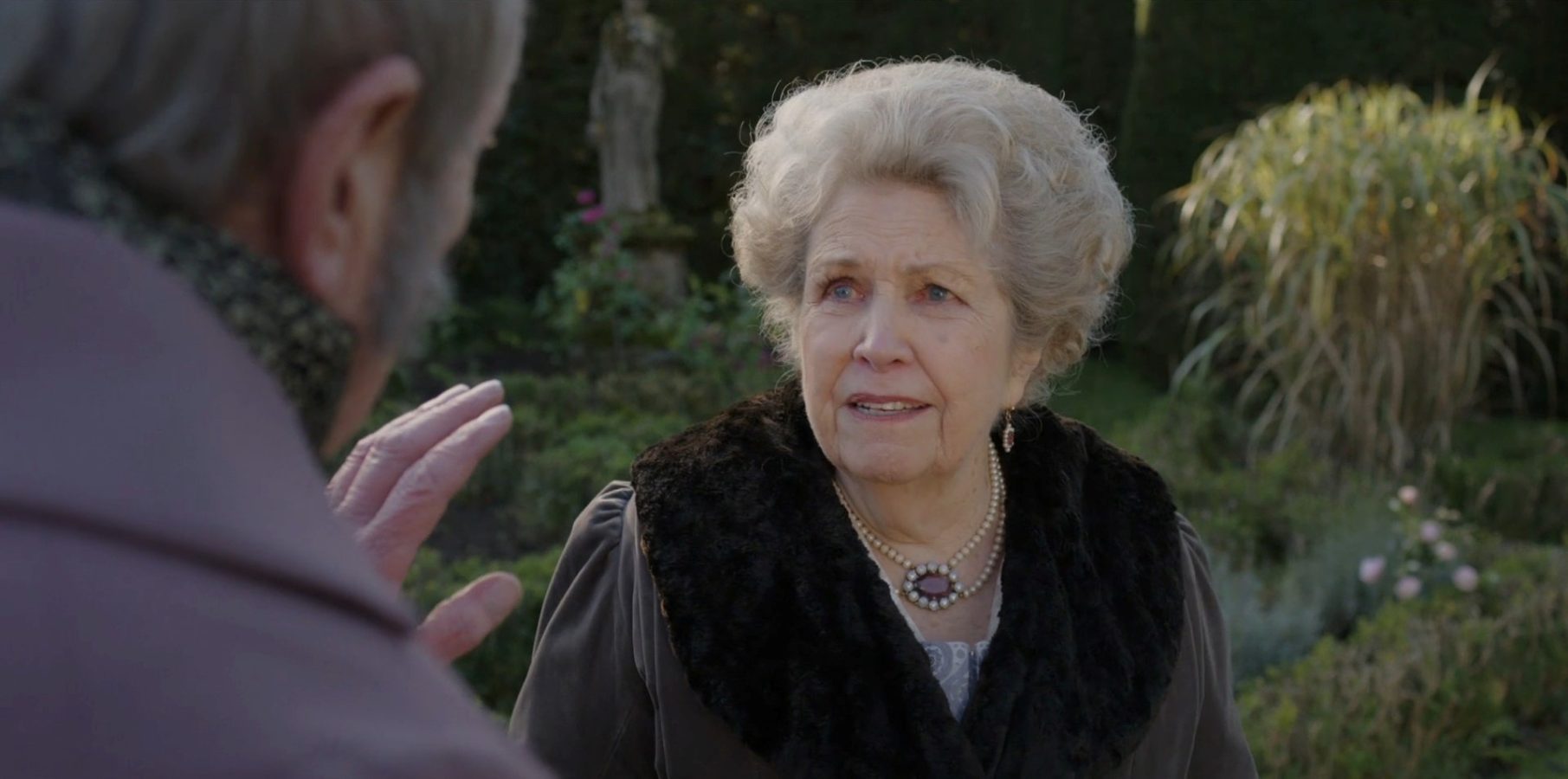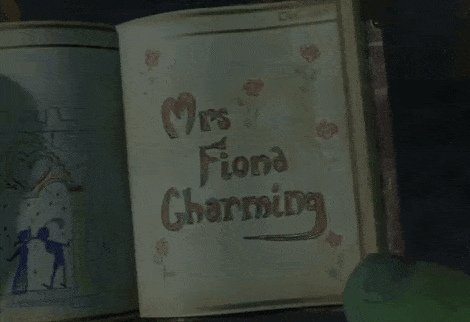How ‘Sanditon’s Most Conservative Woman Found Herself at Odds With Traditional Values

Internalized sexism is a helluva drug. We all face it to varying degrees and perpetuate it to people in our vicinity. However, it takes a special type of person to press that on everyone they possibly can. In the PBS Masterpiece adaptation of Jane Austen’s unfinished work, Sanditon, Lady Denham (played by Anne Reid) is that particular brand of woman. Despite being unmarried and childless, she takes her vast amount of free time afforded to her by wealth and age to reign as the arbiter of hypergamous (“marrying up”) matchmaking. She’s the quintessential grande madame in everyone’s business.
In the third and final season of the show, a new character challenges Denham’s conservative attitudes in a way that sticks. Confronted with the opportunity to marry, she finds the institution she forces onto others at odds with her independence.
Spoilers for Sanditon season three.
Let’s not get ahead of ourselves here, though. Her terrible qualities of classism and sexism—which historical texts reveal, and the show makes very clear, go above and beyond the standard of most people—stick around. These remain unchallenged also because she doesn’t stand to benefit from working on these traits, whereas final season developments and the introduction of Lord Rowleigh Pryce (James Bloam) present major issues for Lady Denham.
Pryce begins as an adversarial investor to Lady Denham in Sanditon. What grand architect Tom Parker (Kris Marshall) can’t get financed by the primary investor, Denham, can be taken to a nearly equally wealthy Pryce instead. These business maneuvers quickly turn complicated as we learn that Denham and Pryce have a past. Later, we learn this past includes a relationship that fell through.
A rekindled relationship with Pryce
What happened to that relationship depends on who you ask. Denham accuses Pryce of passing her over for “that dreadful Jane Clifford with her 50,000.” However, Pryce accuses her of standing him up. They each assert that they were the slighted person. Still, both waver at the prospect that their memories from events 50+ years ago might be solid. As the two wealthiest people in Sanditon and as co-investors in the resort, they end up spending a lot of time together. Denham and Pryce grow close again. Midway through the season, Pryce proposes to Denham. After laughing it off with a firm “no,” Denham replies:
I’m Lady Denham. I wish to keep that title. And my fortune, to boot. No amount of laughter can compensate for that, can it? [laughs again] Oh good heavens! No, let’s go, and have some tea.
While seemingly hypocritical to turn down a rich suitor, this still aligns with Lady Dehnam’s beliefs. Lady Denham views marriage solely as a means of security and social climbing. (An attitude that puts her at odds with everyone else in “The West,” as marrying for love became increasingly popular in the 1700s.) Previously acquiring her wealth and title (separately) through marriages, she doesn’t see a point in marriage with Pryce. Additionally, Denham only considers love a relevant aspect to get a woman over the marriage finish line. In season one, she tells a worried Ester “It is much better to be loved than to love.”
This rejection of Pryce doesn’t last long. Swept up in a romantic night of fireworks and buzzing from a party they attend together, Denham reconsiders this proposal. She asks Pryce, “Does your preposterous offer still stand?” His response (“yes”) results in her agreeing to marry him.
Choosing herself
Everything is on the up and up until the final episode, when Denham ultimately leaves Pryce at the alter. There were several signs she wasn’t sold on the idea of her marrying again. However, the nail in the coffin arrives when Denham realizes she will no longer be known as Lady Denham, but “Mrs. Rowleigh Pryce.” While longer connected with her maiden name, Louise Brereton, she grew used to Lady Denham for over 20+ years. As Pryce gleefully expresses excitement about leaving Sanditon with her, Denham realizes that this will mean the end of her current life. Her sitting in this realization is the last time we see Denham until after Pryce confronts her about standing him up.

If anyone else were to choose personal wants over a marriage, Lady Denham would never allow them peace. However, when she’s confronted with this and can’t hide behind a monetary rationale, she learns that she really values her independence. Denham loves that she has almost complete control of her life—and a handful of others, too. Between meddling in her family’s affairs and investing in the seaside resort, Denham is completely content. Pryce is just a bonus, but not worth uprooting for, as far as she’s concerned.
In the end, despite being the voice of tradition, Denham chooses one of the most modern relationships of everyone in the story. That is, Pryce will visit her/Sanditon every three months while they maintain their own independence. (He says he’ll stay at the hotel, but I think this is just to prevent scandal, with rumors of him shacking up with Denham.) This arrangement means they’ll maintain a friends-with-benefits situation that affords them both freedoms not afforded to most. These relationships did exist, but were very rare because of the social stigma attached to them.
She’s not the only person that realizes the significance of this decision to forgo “suitable” marriage. After calling off her own wedding to follow her heart, Charlotte (Rose Williams) tells Denham, “I shall find a way to live my life on my own terms, Lady Denham. Just as you have.” Denham’s lack of a clap back shows that she understands these situations as similar. Maybe one day she’ll come to this realization in regards to slavery and see how these institutions harm people like West Indian heiress Georgiana (Crystal Clarke). But I’m not holding my breath because, like most conservative women, things have to personally affect Denham for her to realize the harm in social structures.
(featured image: PBS Masterpiece)
Have a tip we should know? [email protected]
